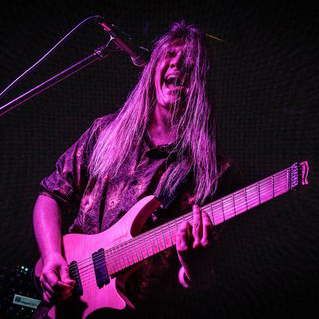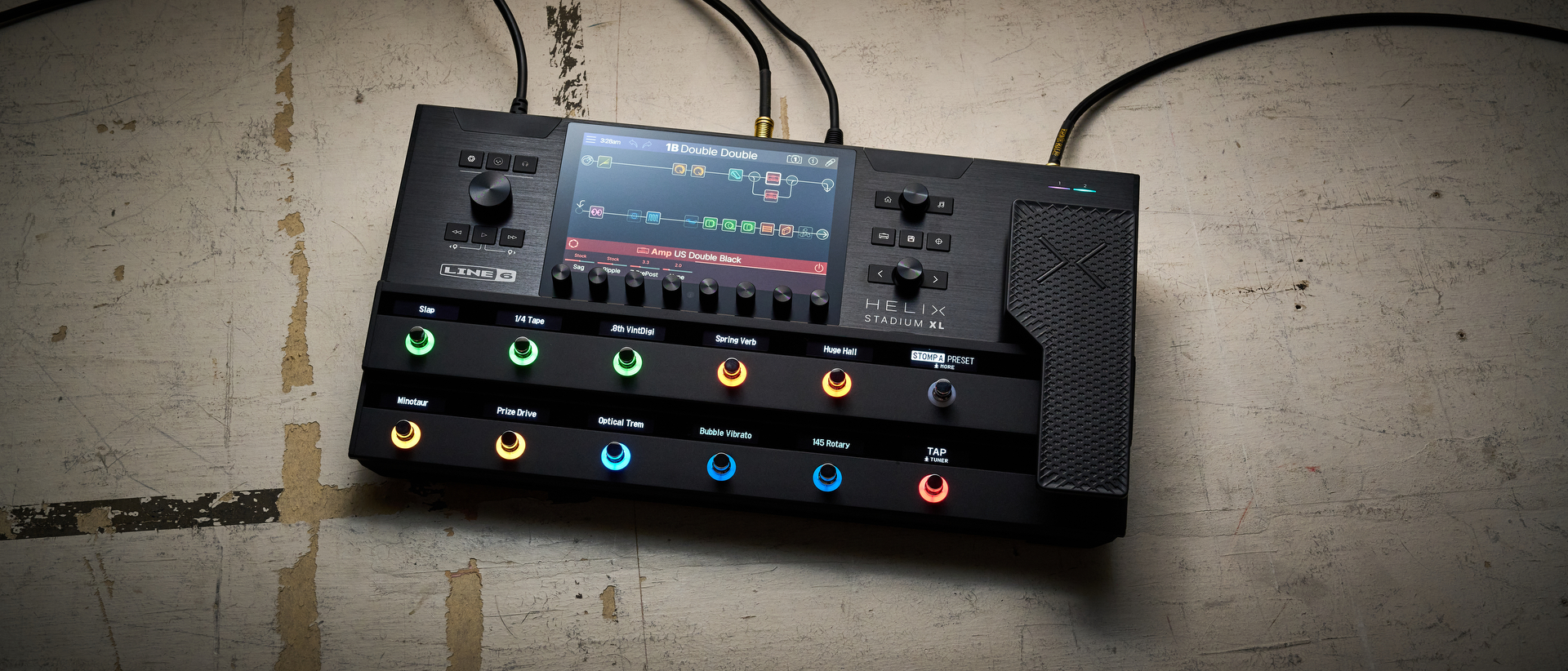“I told him to quit college immediately and come back when he had succeeded as a songwriter”: Tomo Fujita on what it was like to teach John Mayer – and how he indirectly helped him write Neon
The guitar professor lifts the lid on his early lessons with Mayer and explains how Neon was born from his signature slap guitar technique

John Mayer may be one of the world’s most celebrated guitarists today, but without the wisdom of his former guitar tutor Tomo Fujita, he might not have reached such lofty heights.
In a recent interview with YouTuber João Vilela, Fujita discussed what it was like to teach Mayer and recalled the biggest piece of advice he gave the aspiring musician, which ended up having a huge impact on his career.
Despite being an esteemed guitar professor at Berklee College of Music, Fujita actually told his former student to quit the college. Instead, he encouraged Mayer to focus on being a songwriter, and return to Berklee after he'd found success.
When Mayer arrived as a young Berklee student, he singled Fujita out as his first guitar teacher after seeing him give a funk slap guitar clinic back in 1998. He proved a loyal pupil, too, with Fujita saying he never missed a lesson.
The young guitarist's intelligence impressed his tutor, who says Mayer could play “Stevie Ray Vaughan-style blues solos” well, but was more interested in learning jazz guitar, chasing a passion for Robben Ford in particular.
His tutor had first focused on improving Mayer's touch on the guitar, and later helped him on the path to success – even if it meant defying convention in the process.
“I made him realize that his technique could be a little better,” Fujita tells Vilela. “The funny thing is that he wanted to be the number one guitar player, but he saw so many great guitar students and teachers, he felt it wasn't ideal to become number one.
All the latest guitar news, interviews, lessons, reviews, deals and more, direct to your inbox!
“I agreed,” he continues. “There's always someone great. You don't have to be number one, you can be the only one. Unique.”
That inspired Mayer to change tack, with Fujita feeling he needed a little direction.
“He was really interested in writing songs,” he says. “He'd stay up late at night writing and he thought he could be more accomplished at writing songs than playing guitar. But he had so many classes occupying his time that he wasn't sure what was most important.
“He has a talent for writing. So I thought if he could write songs now, then, when he succeeds, he can continue to study where he left off. I recommended him to quit college. Immediately. He had to write songs, he could come back anytime.”
Mayer took up his advice, and just three years later the pair would meet again.
“In 2001 I was in the studio in New York City making the English version of my best-selling instructional DVD,” Fujita continues. “I met him and he said, 'I just got signed'. Really, between 1999 and 2001 all he did was work on writing.”
During those years Fujita says Mayer “never forgot my methods”, and practiced diligently. That included lots of practice through “clean tones with lots of treble, less bass, and no reverb”, leaving him with nowhere to hide. “That's why his touch is good,” his tutor explains.
Mayer also kept Fujita’s advice about being unique, rather than the best, close to heart. And so he embraced his own limitations, which resulted in him writing one of his most famous guitar tracks.
Fujita continues, “Me and John used to talk about how limitation is a great thing because it makes new things. He tried to do my slap guitar technique, but somehow he couldn't figure out the triplet stuff.
“Then he developed that technique in his own way, and that became Neon. Neon was born just because he couldn't imitate Tomo's slap guitar. He told my kids, 'That's a Tomo song!'”
Mayer has remained ever-thankful for Fujita, who has received several guitars from Mayer over the years, usually with the note, “This is nothing, I've learned so much from you,” attached to them.
A freelance writer with a penchant for music that gets weird, Phil is a regular contributor to Prog, Guitar World, and Total Guitar magazines and is especially keen on shining a light on unknown artists. Outside of the journalism realm, you can find him writing angular riffs in progressive metal band, Prognosis, in which he slings an 8-string Strandberg Boden Original, churning that low string through a variety of tunings. He's also a published author and is currently penning his debut novel which chucks fantasy, mythology and humanity into a great big melting pot.



